Island Life
After almost 11 months, I’m still in Kosrae, a tiny island in the western Pacific 550 kms from any other island. Life here flows in an unhurried way. The roosters wake me for my morning exercises. There are coconuts to be collected and cracked open. The neighbors have a new baby. I hitch into town for supplies. During a mid-morning deluge, I take shelter inside the post office. A friend tells me that his father passed away last night. In the afternoon, we do a lab experiment in Chemistry class. Dinner is served at the funeral, followed by singing at the grave site. When the funeral is over, the dogs stop barking. The stars are brilliant in the evening. This is island life.
Although Kosrae has colorful festivals and celebrations, readers of this blog have emailed to ask what an ordinary day is like in Kosrae. Where do people go and what do they do? Sure, the beaches are beautiful and the jungles are full of birds and waterfalls, but what do the mundane parts of Kosrae look like? To answer this question, here are a few photos of where I go on a typical day.
Kosrae continues to be Covid-free thanks to the travel ban that’s been enforced since last March. Although people can’t come here, ships and planes make regular deliveries of mail and supplies. That’s how the Covid-19 vaccine arrived here last week. This morning, I walked into Kosrae’s hospital to ask if it were possible for me to be vaccinated. The answer was an immediate “Ahok!” meaning “Yes!” I signed a piece of paper and rolled up my sleeve. A nice lady in a blue dress jabbed me with the Moderna vaccine and gave me a card instructing me to return in 30 days for shot #2. I had no appointment. The whole operation took about two minutes. That sure was easy. The rumor is that when FSM has vaccinated 70% of its population, the travel ban will be lifted. Although I don’t know when that will be, that’s when you can come visit Kosrae!
I learned a bit of history this month. During WW2, Kosrae was occupied by Japan. On January 18, 1944 American bombers began their raids on the Japanese military bases here. The Americans sank a few Japanese ships and strafed their airstrip. Although there are no records of Japanese casualties, two Kosraeans were killed. Everyone else ran into the island’s rugged interior. For the next 19 months, Kosraeans hid in the forests and in caves until the American flag was finally raised over Lelu on September 8, 1945. This month marked the 76th anniversary of the start of Kosrae’s liberation. In typical fashion, Kosraeans gathered to memorialize Liberation Day with songs and a feast. The rain didn’t dampen the festivities. Although I can’t share with you the delicious fish soup that was served, here are two songs sung for the Memorial.
As a side note, the man shown above under the rainbow umbrella is named Steiner. His grandmother was one of the two Kosraeans who died on January 18, 1944. His father was later elected Kosrae’s first governor after FSM became an independent country. Steiner is my landlord. Steiner’s wife Ayone is Lelu’s singer-songwriter — which I’ll tell you more about now.
During the week, it’s business as usual. On Sundays, everything and everyone stops for church. There are at least a dozen churches on Kosrae and they’re well-attended. Each village fields three or four choirs. The hymnals imported by the missionaries all fell apart decades ago. So, each village has a singer-songwriter who composes new songs every year. The result is a unique form of “island gospel” that blends traditional Congregational hymns with Micronesian rhythms. Although there are 602 islands in Micronesia, Kosrae is the only island that creates its own music this way. I attended Kosrae’s choir competition on New Years Day. Here are some short snips of their songs. Which choir do you like best?

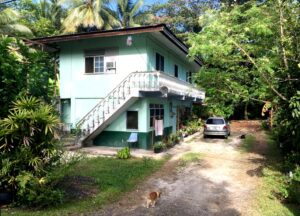
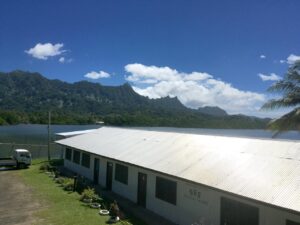
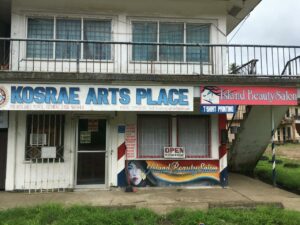
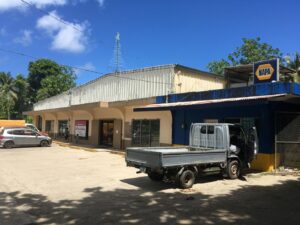

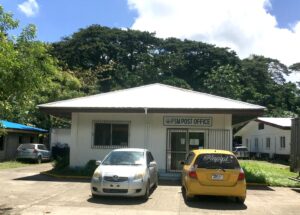
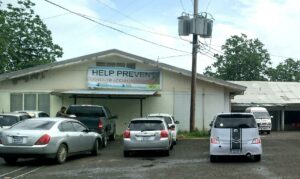


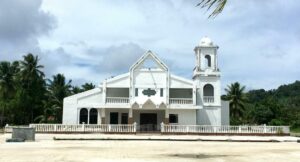
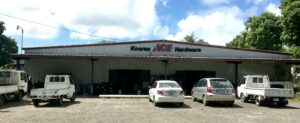
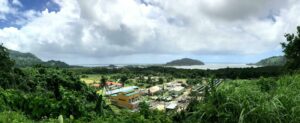



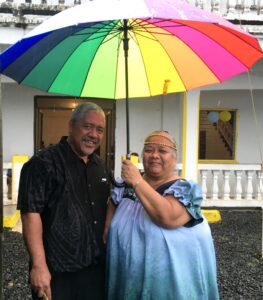

What beautiful voices, Nick! It sounds as if everyone on the island sings!
Kosrae’s population is around 6,000. There are 12 big choirs on Kosrae. The average size of the choirs is about 100 singers. So that means that 20% of the island is in a choir. It’s likely that everyone else has been, will be or wants to be in a choir eventually. So, yes, you’re right! Everyone in Kosrae sings.
Hi Nick. I enjoyed the trip through island life..and the music too.
I want to go now more than ever, Nick. The music is so joyous, the voices so uplifting, I get chicken skin listening. You talked of leaving, but haven’t yet. I’m not surprised. Where would you go and not miss Kosrae, so wonderful, so much?
hey Nick
tell me what are you teachning on your island
Hi Michele, I teach Algebra 2 and Marine Science to Seniors. For the Juniors, I teach Geometry and Chemistry.
Vibrant post! You may have single-handedly started a tsunami of tourists who will swamp Kosrae once the quarantine has lifted.
On a small note, it took me hours of serpentine winding in my car to get my first Moderna inoculation at Dodger Stadium.
Ah… Nick, what have you done! Now I have to go there and get a glimpse of this.
Wonderful! I like all the choirs, can’t pick one that I like the best. I’m curious, before WWII, who did Kosrae “belong to”?
Micronesia has changed hands a few times in the past couple of centuries. Originally a Spanish colony, Spain sold the islands to Germany in 1899 at the end of the Spanish-American war. During WW1, Japan captured the islands from Germany. After WW1, Japan was granted the rights to administer Micronesia by the League of Nations. Although Japan was forbidden to put military bases in Micronesia, these islands are so far from anywhere else that nobody noticed Japan’s quiet military build-up. That’s why Japan’s position throughout this region was so well-defended by the time WW2 came along. Removing Japan from Kosrae was relatively easy, but it took America almost two years and thousands of lives to remove Japan from places like Kwajalein, Tarawa, Peleleu, Guadalcanal, Guam and Saipan. After WW2, Micronesia was a US protectorate until their independence in 1986.
Nick – I need a haircut, and $6 is cheaper than what I’d pay at home. I’ll get to Kosrae as soon as I can. Thanks for the links to the choir songs. Very uplifting. The voices, the enthusiastic full-on choral belting of the tunes and words, seems at least slightly reminiscent of American shape-note singing. I must consult my ethnomusicologist daughter-in-law about that effect. And hey: If you have an American ZIP code, does that mean a 55-cent stamp will get a letter to you from Massachusetts?
John, Kosrae’s mail is managed by the USPS. Even though a letter from Massachusetts takes 2+ weeks to get here, it still costs only 55 cents. Nice!
Hi Nick!
IT is pleasant to read such meaningful description of your day life in Korsae that I have the feeling to live there too!
Good for you that you have been vaccinated! At the moment, in Italy, I’ll probably get mine at the end of summer..May be.. Too much people around and few doses of vaccine!
I listen the gospel choirs! Beautiful voices and I prefer the Tafunsak choir!
Regarding prices in the Island, it is interesting to see the gap between the price for hair cut and the monthly cost of Internet .
I wish happiness and joy to your neighbour for the New baby born.
Looking for news from you in Korsae, big hug.
Alex
Dear Nick: Thank you for the history lessons and choir songs.. I liked all the choirs but I especially liked the choir from Lelu with its song “Be Happy and Sing Praises” and also Utwe’s choir singing “Glory to His Highness”. These are good messages to remember. Closing my eyes and listening to the music helps me imagine the heavenly scents coming from the flowering shrubs and trees blooming on Korsae at the moment. A far cry from Michigan’s snowy landscapes. Thanks again. Take care. – Lisa
Hi Nick,
Wonderful tour of Korsae, I really felt your daily life “walk about” !
Beginning from your mango grove garden through meeting & greeting local people, passing by towns heartbeat. Korsae’s church, schools, grocery, post and especially the hospital where the lovely nurse jabbed you, shows the calm easy pace of Island life.
So good to be away from it all! 🎶